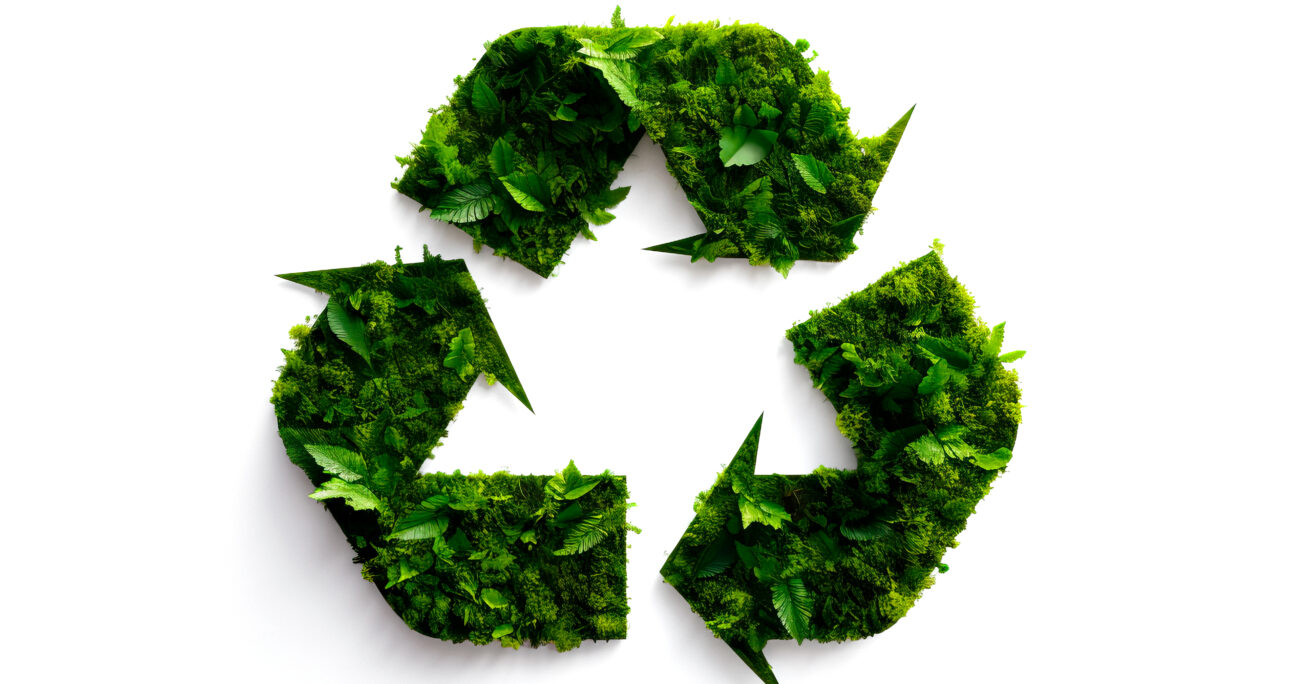As the world grapples with environmental challenges, businesses are increasingly turning towards sustainable practices. For design businesses, embracing the circular economy is a powerful strategy that not only minimizes environmental impact but also fosters innovation and longevity. In this comprehensive guide, we’ll delve into the principles of the circular economy and explore how design businesses can integrate these concepts into their branding, marketing, and overall practices.
Understanding the Circular Economy
1. Design for Longevity:
Instead of creating products with planned obsolescence, focus on designs that stand the test of time. Prioritize quality materials and craftsmanship to ensure durability and reduce the need for frequent replacements.
2. Embrace Reusability and Repurposing:
Design products with the intention of reuse. Consider how components can be easily disassembled and repurposed. This not only reduces waste but also opens up new opportunities for creativity.
3. Recycled Materials and Upcycling:
Explore the use of recycled materials in your designs. Upcycling, the process of transforming waste materials into higher-value products, adds a unique and sustainable touch to your creations.
Circular Marketing Strategies
1. Highlight the Lifecycle:
In your marketing efforts, showcase the entire lifecycle of your products. From design and production to use and end-of-life, transparently communicate how your designs fit into the circular economy.
2. Product-as-a-Service Model:
Consider shifting towards a product-as-a-service model. Instead of selling products outright, offer services where customers lease or subscribe to your designs. This encourages product maintenance, upgrades, and eventual return for refurbishment.
3. Collaborate for Closed-Loop Systems:
Collaborate with other businesses to create closed-loop systems. This involves collecting and refurbishing products at the end of their life, creating a circular flow of materials and reducing overall waste.
Circular Content Creation
1. Educational Campaigns:
Develop content that educates your audience about the circular economy. Explain the environmental benefits and showcase how your design business is contributing to a more sustainable and circular way of living.
2. Design Process Documentaries:
Take your audience behind the scenes with documentaries or video series that detail your design process. Highlight the efforts put into choosing materials, the manufacturing process, and the considerations for end-of-life recycling or repurposing.
3. DIY Repair Guides:
Empower your customers to extend the life of your designs by providing DIY repair guides. This not only promotes sustainability but also strengthens the bond between your brand and consumers.
Circular Media Choices
1. Virtual Try-Ons and Augmented Reality:
Minimize the need for physical prototypes by incorporating virtual try-ons and augmented reality into your design process. This not only reduces waste but also enhances the customer experience.
2. Digital Showcases:
Move away from traditional exhibitions and embrace digital showcases. Virtual events, online galleries, and interactive digital displays allow you to reach a global audience without the environmental impact associated with physical displays.
3. Green Packaging Options:
If packaging is necessary, explore eco-friendly options such as compostable or reusable packaging. Clearly communicate to your customers how they can responsibly dispose of or reuse the packaging materials.
Measuring and Enhancing Circular Practices
1. Life Cycle Assessments:
Conduct life cycle assessments to evaluate the environmental impact of your designs. This data can inform decisions on material choices, manufacturing processes, and end-of-life strategies.
2. Continuous Innovation:
Foster a culture of continuous innovation within your design team. Encourage them to explore new materials, production techniques, and circular design principles to stay at the forefront of sustainable creativity.
3. Community Engagement:
Involve your community in the circular journey. Seek feedback, ideas, and collaborations from your audience. Building a community around sustainable design not only enhances your brand image but also contributes to a collective effort towards a circular economy.
Conclusion
Embracing the circular economy in design is not just about minimizing environmental impact; it’s a paradigm shift towards a more regenerative and sustainable future. By integrating circular principles into your branding, marketing, content creation, and media choices, your design business can lead the way towards a more circular and responsible industry. Let your creativity flourish within the bounds of sustainability, and inspire others to join the circular design revolution.





